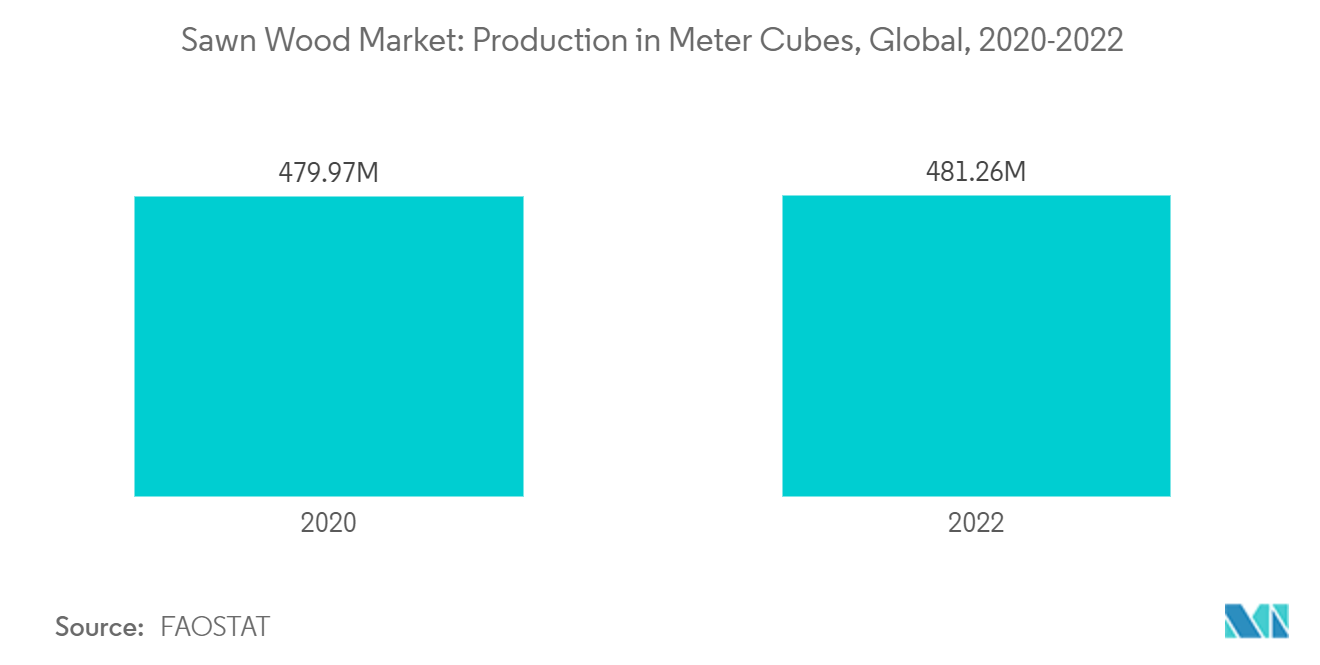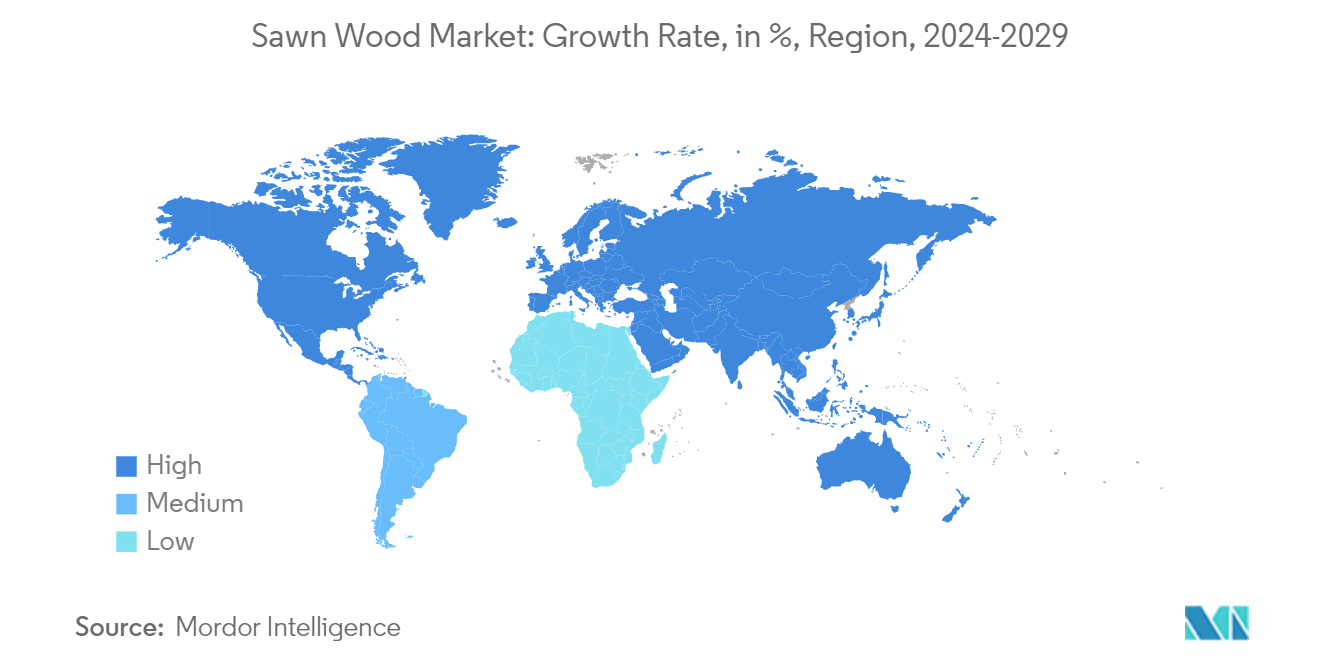Market Trends of Sawn Wood Industry
Hard Wood Market is Growing
- Driven by its durability, aesthetic appeal, and versatility, the hardwood market is on the rise. These attributes make hardwood a favored choice for flooring, cabinetry, and interior design. Hardwood species such as oak, walnut, mahogany, and teak are prized for their strength and beauty. As sustainable building practices gain traction, regions like Europe, North America, and Asia-Pacific are witnessing a surge in hardwood demand, especially with the rising popularity of wood-based construction materials.
- Hardwood flooring is not just a choice; it's viewed as a premium, long-lasting investment that enhances the value of both homes and commercial spaces. In North America and Europe, engineered hardwood flooring is seeing a notable uptick in demand, with oak, maple, and cherry emerging as the top choices.
- Further, hardwood is also making waves in outdoor applications. Decking and fencing, particularly in the United States and Australia, are increasingly being crafted from hardwood. Species like teak and ipe are preferred for their weather and pest resistance. This trend has bolstered the overall production of swan wood. For instance, as per FAOSTAT, the global sawnwood production rose from 479,969,657 meter cube in 2020 to 481,256,472 meter cube in 2022.
- Moreover, technological advancements are further fueling this growth. Enhanced sawmilling technologies and wood treatments have streamlined the processing of hardwoods, minimizing waste and elevating the quality of sawn wood. Such improvements are broadening hardwood's appeal for large-scale commercial uses.

Asia-Pacific Dominates the Sawn Wood Market
- The Asia-Pacific region leads the global sawn wood market, primarily due to its robust demand from the region's manufacturing sector. Key players, including China, India, Japan, and various Southeast Asian nations, significantly influence both the demand and supply dynamics. Rapid urbanization in the Asia-Pacific, notably in China, India, and Vietnam, fuels the demand for sawn wood, especially for infrastructure projects. This in turn has increased sawn wood production in the countries of the region. For instance, as per FAOSTAT, sawn wood production in Vietnam was 5,500,300 meter cubes in 2021 which increased and reached 5,511,300 meter cubes in 2022. Regional governments are heavily investing in infrastructure, from roads and bridges to public buildings, further amplifying the demand for sawn wood products.
- China stands out as one of the dominant importers and consumers of sawn wood in the Asia-Pacific. The nation's wood demand is largely driven by its booming residential and commercial real estate sectors, alongside a vast manufacturing industry. Given the limitations of China's domestic forestry resources, the country turns to imports from nations like Russia, Canada, and New Zealand, solidifying its status as a key player in the global market.
- Vietnam, Thailand, Indonesia, and Malaysia not only produce significant quantities of sawn wood but also consume it. Vietnam's rise as a leading exporter of wooden furniture to markets like the United States and Europe has heightened its demand for sawn wood as a primary raw material. Additionally, Malaysia and Indonesia's exports of tropical hardwoods, including teak, meranti, and acacia, play a pivotal role in the global sawn wood supply.
- Furthermore, the Asia-Pacific enjoys the advantage of low labor costs, making sawn wood processing more cost-effective. The region maintains robust trade ties with both major wood producers and consumers. For instance, Russia, Canada, and New Zealand are key suppliers of softwood to China, Japan, and South Korea. Simultaneously, Southeast Asian countries are prominent exporters of tropical hardwoods on the global stage. Moreover, the region's countries leverage free trade agreements, reducing tariffs and ensuring a seamless flow of timber and wood products across borders.


